This print depicts political cartoon against Quaker Government; King Wampum is Israel Pemberton
Teachers, need a primary source to create a lesson in the classroom? Students, need a source for a research project?
Here, we've listed the primary sources featured in our Unit Plans. Click on a primary source to go to its page, where you may find additional images, transcriptions of the text, a citation guide for including the source in a bibliography, or ways to purchase copies of the source for the classroom.
HSP's collections are not limited to the primary sources listed here. To see all that HSP has to offer, come visit us or explore our collection online through the Digitial Library and the Discover online catalog.
Some sources have handwriting that is difficult to read. If you need help decoding handwriting, check out this guide from Ancestry.
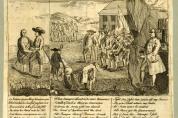 |
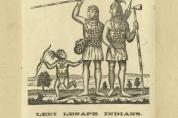 From an engraving in "Nya Swerige," by Thomas Campanius Holm, published at Stockholm, A.D. 1702 |

|
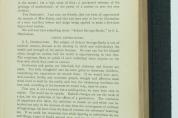 This excerpt on “School Savings Banks” (pages 209-214) was written by Sara Louisa Oberholtzer in the Transactions of the National Council of Women of the United States, assembled in Washington, D.C. The meeting was held February 22 to 25, 1891, and its proceedings published in Philadelphia that same year. |
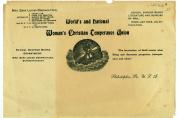 This letterhead was used by Sara Oberhotlzer in her work on the School Savings Banks under the auspices of the Women's Christian Temperance Union. It includes the quote "The inculcation of thrift insures wiser living and decreases pauperism, intemperance, and crime." |
 This booklet by Sara Oberholtzer, superintendent of the School Savings Bank moment, consists of quotes from educators attesting to the importance of the school savings banks for students and their communities. |
 Broadside published by the Congressional Union for Woman Suffrage citing 1910 Census data to show that women's suffrage will not be affected by African American population numbers. |
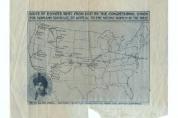 Map of the routes of envoys sent by the Congressional Union for Women's Suffrage to appeal to the voting women of the West. |
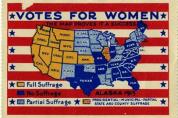 This 1915 stamp shows each state's status of women's suffrage. |
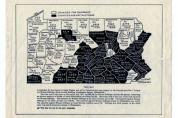 This image is a map of the state of Pennsylvania and illustrates how each county in the state voted on the subject of women's suffrage in 1915. |
 Broadside published by the National Women's Party informing women of why they should picket the White House to fight for women's suffrage. |
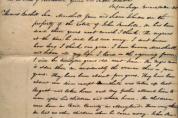 This document, found in pages 17-20 of the manumission papers, describes the case of Marshall Green. Green obtained permission from his owner, Dr. Bouchell, to leave Maryland and go to Pennsylvania to get his children. When Green did not return to Maryland, he was pursued and arrested. Dr. Bouchell died before Green was returned. The court ruled that Green could not be arrested under the fugitive slave act since he did not escape or flee, but had the consent of his owner to go to Pennsylvania. |
- ‹ previous
- 16 of 22
- next ›